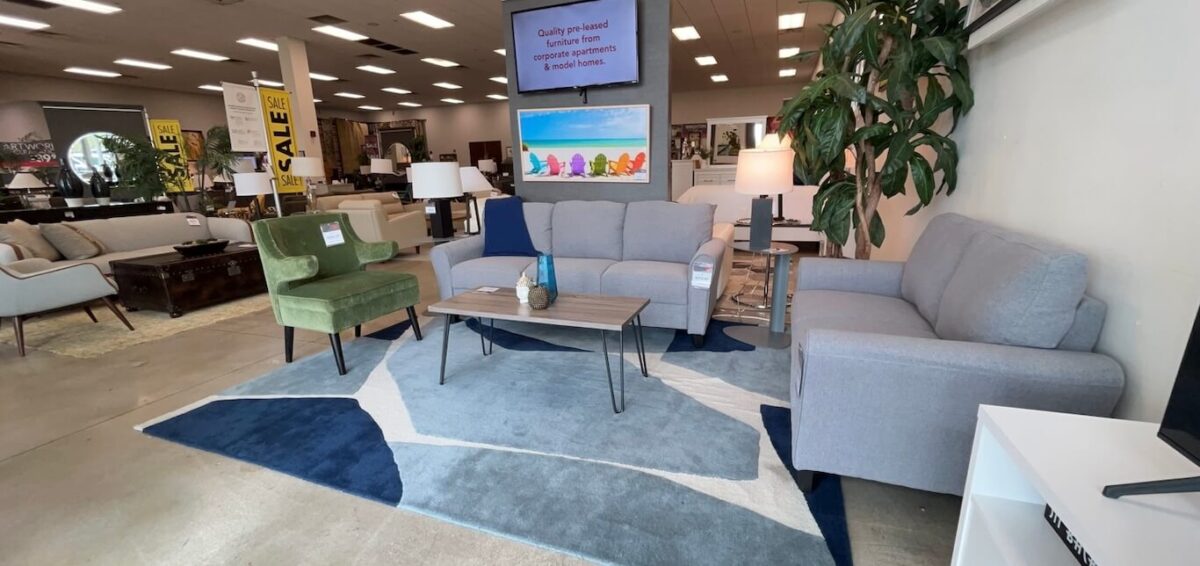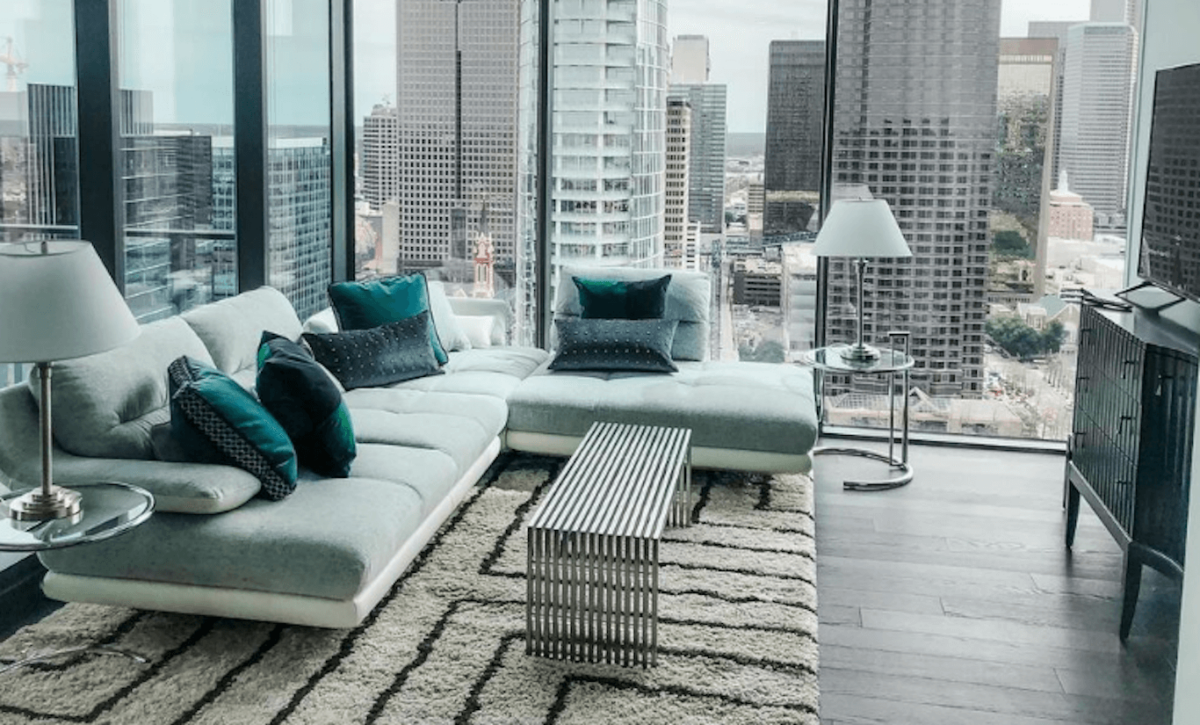Open-space design has become mainstream in the workplace over the last decade, but it can make collaboration a challenge. Traditional meeting rooms simply don’t solve that challenge for today’s agile workforce.
As workplaces become more mobile and distributed, teams want fewer, shorter, and more informal meetings. This drives a growing trend for a different type of meeting room design: the huddle room.
Huddle rooms are small meeting rooms that are designed for ad-hoc collaboration for up to six people. Frost & Sullivan estimates there are 32.4 million huddle rooms across the world. Besides the smaller size — the typical huddle room is 10 feet by 10 feet or 12 feet by 12 feet — what makes this meeting room design different is the focus on ideation and interaction.
“When you’re working amidst a group of people out in the open and you need to have a conversation with a couple of colleagues that you’re collaborating with, doing that in the open may be too distracting for your neighbors,” explains Allyson Strowbridge, whose Portland, Oregon, firm ctrl+shift+space helps businesses rethink workplaces and create human-centered environments.
“Huddle rooms have been around for a while, but they’re catching on because a lot of meetings tend to be between smaller groups of people,” she adds. “A huddle room is meant for potentially more active and shorter-term meetings.”
How Huddle Rooms Are Different
Huddle rooms — or huddle spaces, depending on the setup — are often high-tech, but that isn’t always necessary.
“If it’s mainly for conversation, then you don’t need to outfit it with a lot of technology,” Strowbridge says. Unlike meeting rooms, they offer more flexibility. “Huddle rooms are typically not reservable because that provides a certain amount of flexibility and agility throughout the day,” Strowbridge says.
If you’re considering a huddle room, you should first ask one important question, according to Strowbridge: Do you know your employees’ needs?
“You have to do your due diligence to understand how people work and what they need,” she says. “A big mistake that businesses and designers make when they hear about the latest trend is to plunk things in without knowing the user requirements.”
Small Meeting Room Design Ideas
While exploring small meeting room design ideas, considerations include furniture, technology, and collaboration tools.
Technology: As more employees work remotely, technology becomes more prominent. Frost & Sullivan estimates that only about 2 percent of huddle spaces globally are enabled for video, but they expect the trend to grow as collaboration evolves and the “smart” huddle room takes over.
Even if you don’t have distributed teams, technology may be a factor. For example, Strowbridge says many people like to use two computer monitors, and you can add a big screen in the huddle room for a two-monitor experience via a tethered laptop.
Furniture: Don’t make a short-term space too comfortable, Strowbridge advises. Smaller tables or tall, bistro-style tables with bar stools are a good choice. But don’t go too casual by only providing low lounge chairs, which are difficult to use for some people. “Providing variety is best,” Strowbridge says.
Collaboration Tools: To accommodate various styles, the huddle space needs brainstorming tools — writable paint, dry-erase boards, or smart whiteboards. “You need writable surfaces because many people are visual learners,” Strowbridge says.
Other Elements: Other details that Strowbridge emphasizes are supplies, lighting, and acoustics. She recommends adding a small console or side table stocked with things like pens, highlighters, and sticky pads so employees don’t have to return to their workstations for supplies.
“Those kinds of items make the experience better for employees because they can be more productive and efficient in that space,” she says. For lighting, she’ll often use residential floor lamps both for their comfort and their look.
As for acoustics, use fluffy carpeting, live plants (soil dampens noise), and upholstered furnishings to abate noise if you don’t have dropped ceilings. “The important part is to make the space feel welcoming and comfortable,” Strowbridge says.
If you’re ready to create huddle rooms, consider renting your furniture from CORT Furniture Rental. This gives you flexibility as you’re exploring what kind of furniture works best for your employees’ needs.







